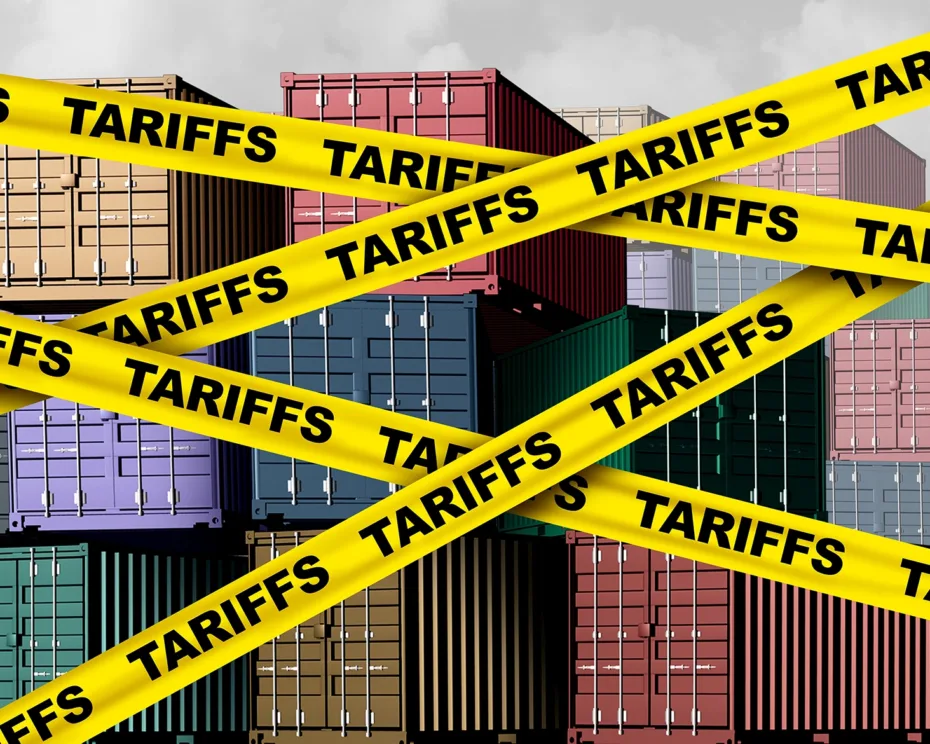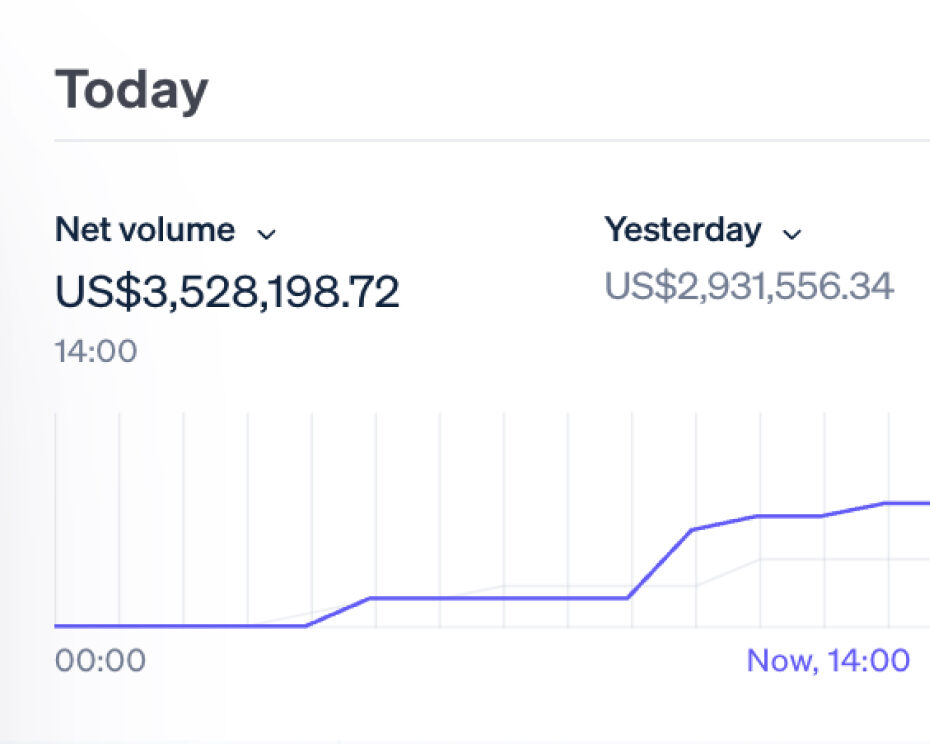Strategic Tariff Response: Turning Disruption into Opportunity
The latest wave of tariffs presents more than just a cost challenge, it offers a strategic inflection point for organizations to rethink how they manage volatility. While many businesses are focused on minimizing damage by leveraging pricing strategically, there’s an opportunity to capture competitive advantage during this period of disruption.
Beyond Simple Pass-Through: Understanding Price Elasticity
The foundation of any strategic tariff response lies in distinguishing between price elasticity and price sensitivity across your portfolio. Though often used interchangeably, these concepts drive fundamentally different pricing decisions:
Price elasticity measures how demand changes in response to price adjustments. Products with low elasticity can absorb price increases with minimal volume impact, making them candidates for full tariff pass-through.
Price sensitivity reflects the role of price in customer decision-making relative to other factors like quality, availability, or relationships. Even elastic products may warrant strategic pricing if they’re part of a larger value proposition.
Organizations that map both factors across their portfolio can make nuanced decisions about where to absorb tariff costs, where to pass them through, and where to potentially leverage the disruption for margin enhancement.
Seizing the Opportunity Window
Periods of broad cost pressure often create unique pricing opportunities beyond directly affected products. During recent supply chain disruptions, many organizations successfully implemented broader price adjustments than strictly necessary to offset direct costs. With customers already expecting increases, the psychological barrier to price changes diminishes.
For businesses not directly impacted by tariffs, this environment presents three strategic options:
- Maintain current pricing, capitalizing on competitive advantage against tariff-affected rivals to gain market share
- Strategically decrease prices in selected segments to aggressively capture share from competitors struggling with compressed margins
- Implement modest increases in line with market expectations, capturing additional margin while remaining competitive against tariff-impacted alternatives
The Timing Advantage
Timing represents another critical dimension of strategic tariff response. Organizations that act before tariffs take effect can capture significant advantages:
- Implementing gradual increases before tariff dates often faces less resistance than sudden changes after implementation
- Early adjustments provide a buffer period to monitor competitive responses and fine-tune approaches
- Similarly, strategically delaying price reductions when tariffs eventually decrease can capture additional margin without violating customer expectations
This asynchronous approach, moving slightly ahead of tariff increases and slightly behind decreases, can significantly enhance margins across the tariff lifecycle.
Tariffied? Don't be.
Global trade volatility is squeezing margins – and outdated pricing tools are too slow to help. Flintfox + Enable give you the speed, control, and visibility to respond in real-time and protect profits.

Modeling Capabilities as the Critical Factor
The difference between opportunistic pricing and strategic response lies in the ability to model scenarios with precision. Organizations need systems that can:
- Simulate margin impacts across different pricing scenarios
- Model volume effects based on elasticity data
- Analyze competitive positioning before and after potential adjustments
- Execute price changes rapidly across channels when optimal scenarios are identified
Without these modeling capabilities, businesses are essentially making educated guesses rather than strategic decisions.
Turning Disruption into Long-Term Advantage
The most sophisticated organizations view tariff disruptions not just as challenges to navigate but as opportunities to establish new pricing frameworks. By demonstrating pricing discipline and transparency during volatile periods, these businesses build both customer trust and internal capabilities that deliver advantage long after specific tariffs have come and gone.
In today’s fragmented global trade environment, pricing agility has become a defining organizational capability, one that defines market leaders regardless of industry, size, or geography.
Powerful pricing software supported with deep experience
Flintfox gives you flexibility with your application, unprecedented speed and power from our pricing engine and support from our dedicated team.
